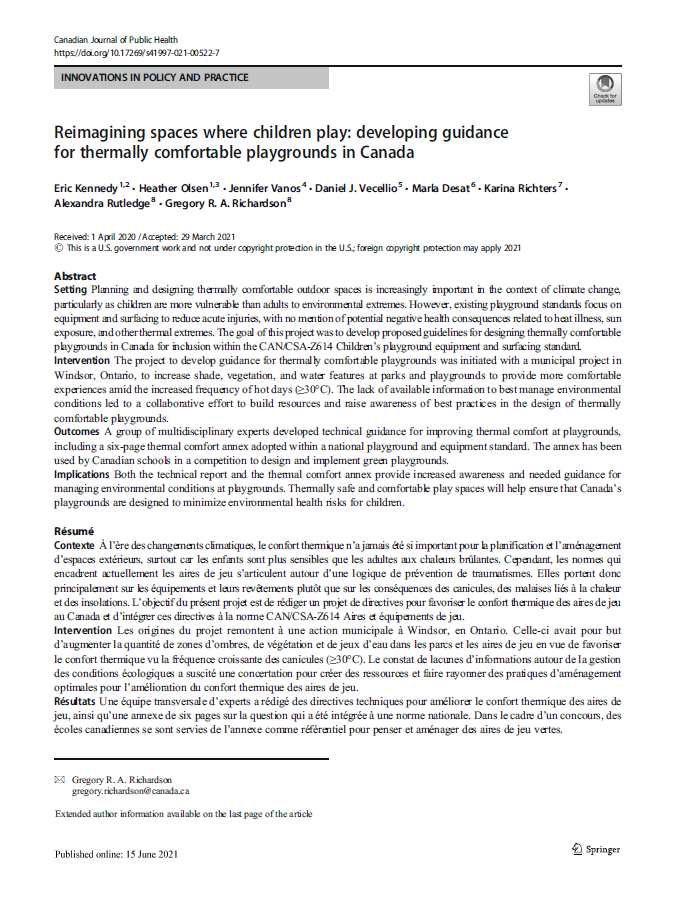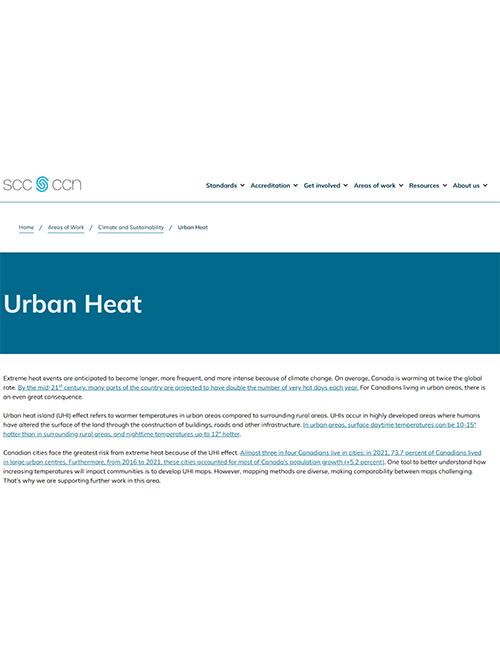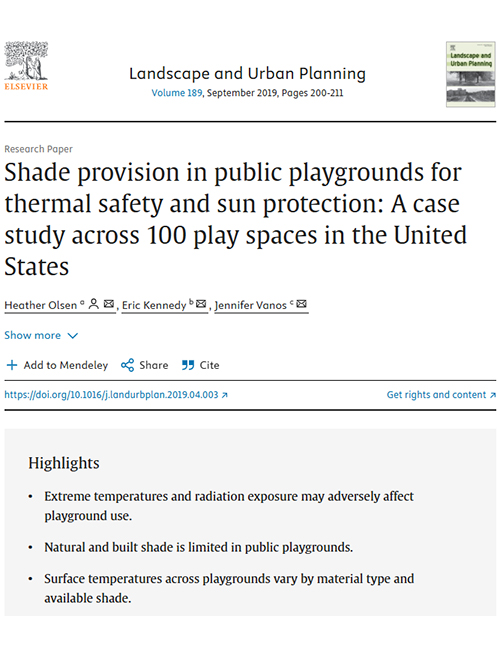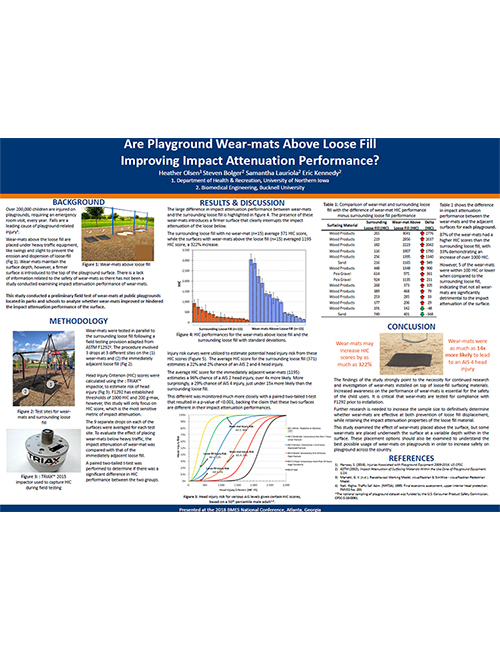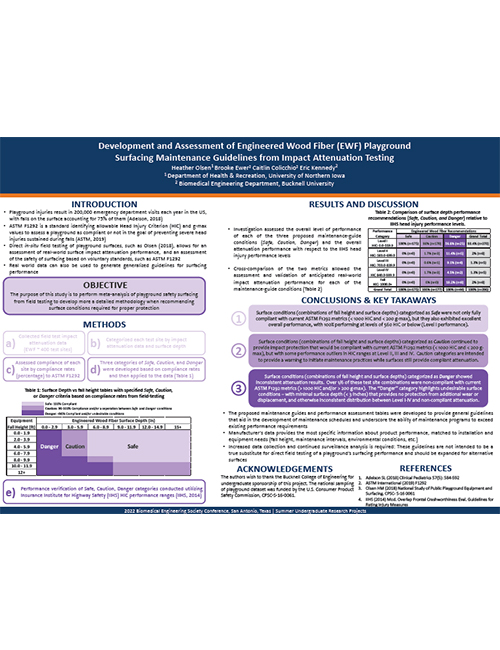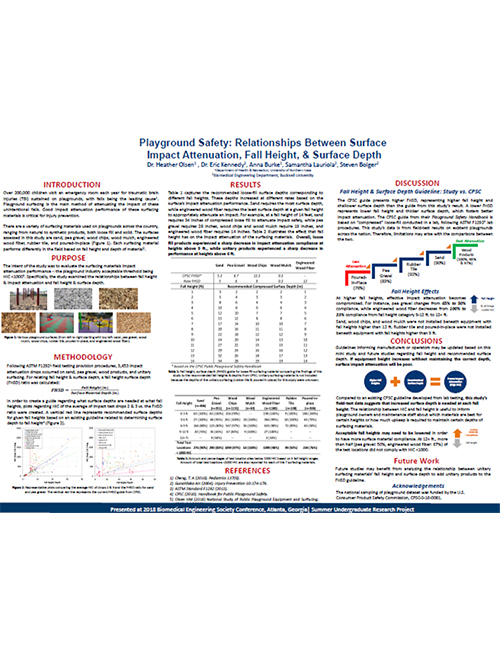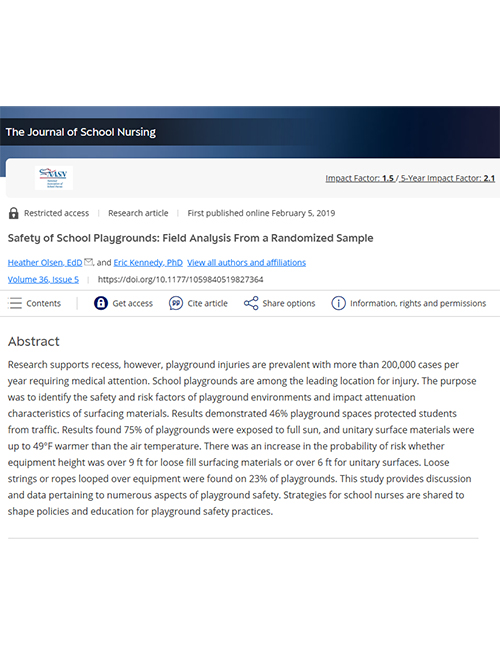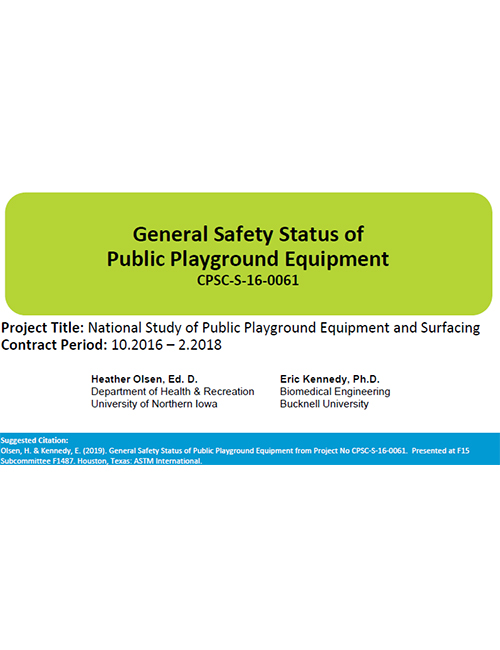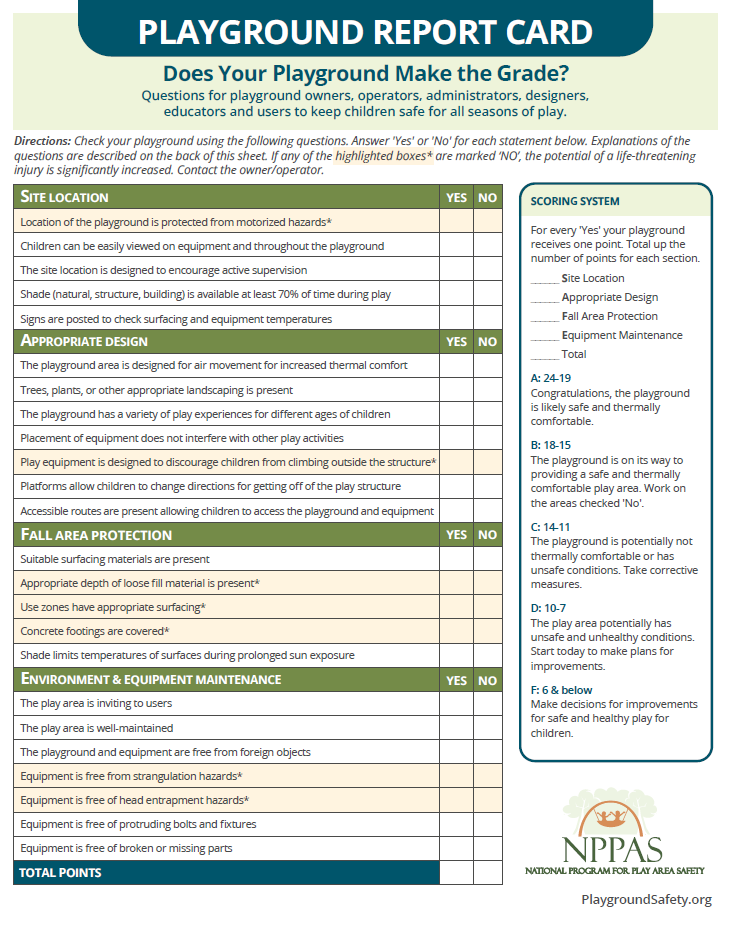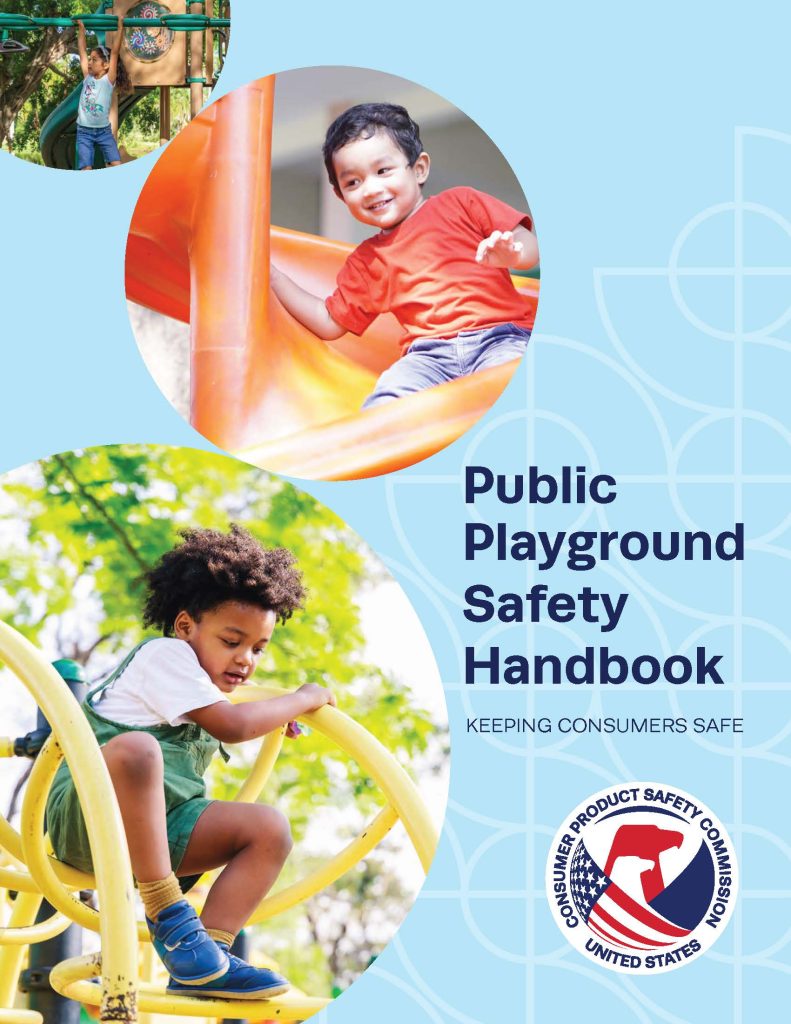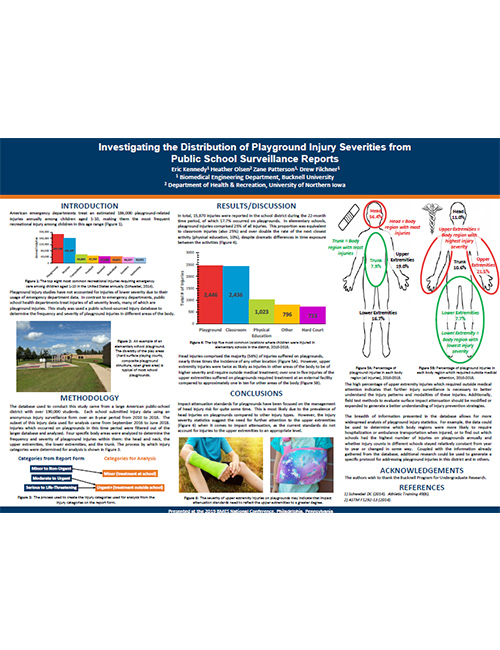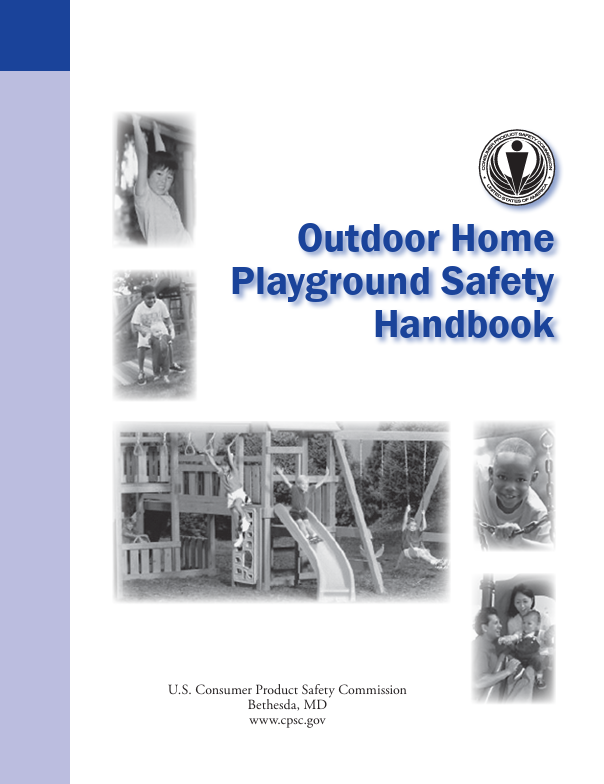S.A.F.E. Research & Information
Leading research in safe and quality playgrounds and play areas for children.
NPPAS has a robust publication record for topics about playgrounds and children’s play areas.
NPPAS has more than 150 years of combined playground safety research, field-testing, and playground safety inspections.
NPPAS has more than 150 years of combined playground safety research, field-testing, and playground safety inspections.
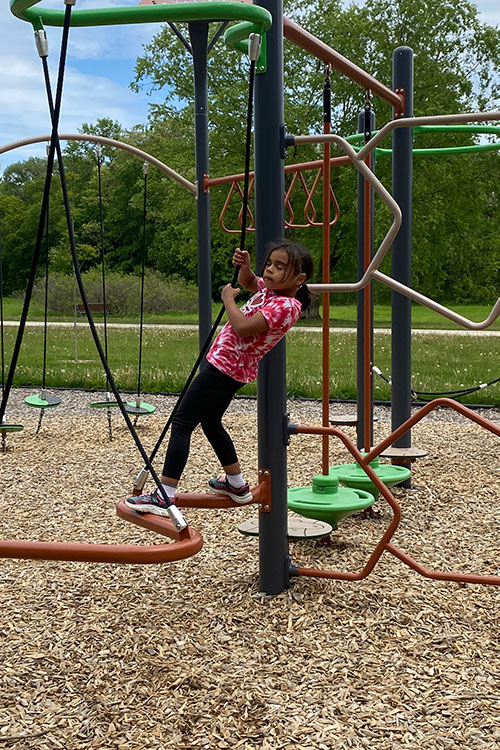
S.A.F.E. Model
The S.A.F.E. model was published in the National Action Plan for Prevention of Playground Injuries (Thompson and Hudson), which was released during a national news conference in Washington, D.C in 1996. With a new era and 30 years of research, the S.A.F.E. model has been updated for today’s modern playgrounds and play areas for children. It provides a blueprint for the creation, maintenance, and renovation of safe and healthy play areas. Rather than being hierarchical in nature, these four elements interact with one another to create a safe and healthy play environment. In other words, working on one element alone, such as surfacing, will not prevent all injuries unless supervision, appropriate design, and maintenance are included.
Click each topic to learn more.
Supervision
Appropriate Design
Fall Area Protection
Equipment & Environment Maintenance
Supervision
Supervision is the active yet unobtrusive monitoring of the play area. In the early 2000’s, the NPPAS researchers introduced the following ABC’s of Playground Supervision conceptual model based on their research and best practices. The ABC’s of supervision is our research and advocacy model that works!
A
Anticipating problems and possible dangers associated with the play area will help ensure that children are safe.
B
The actions and behaviors of supervisors can play a role in children’s safety. Studies have shown with proper qualified training, supervision can reduce inappropriate play behaviors.
C
Considerations include tailoring supervision to your local site. Each play area has specific supervision needs.
Playground supervision plays a crucial role in keeping children safe and active. Yet, only a very small number of staff receive any training on their roles and responsibilities. NPPAS has partnered with agencies to establish best supervision practices and policies, train-the-trainer playground supervision programs, and onsite or online training.
NPPAS Offers
In-Person & Virtual Training • Train-the-Trainer Certification • Consulting • Research
References
- Bauer, H. (2001). Playground Supervision Practices in the State of Iowa. [Master’s thesis, University of Northern Iowa]. UNI ScholarWorks, https://scholarworks.uni.edu/context/etd/article/2682/viewcontent/Bauer_Heather_thesis_redacted.pdf
- Thompson, D., Hudson, S., & Olsen, H. (2002). ABC’s of Playground Supervision. Educational Manual. Cedar Falls, Iowa.
- Thompson, D., Hudson, S., & Olsen, H. (2002). ABC’s of Playground Supervision. Informational Video. Cedar Falls, Iowa.
- Thompson, D., Hudson, S.H., & Olsen, H.M. (2007). S.A.F.E. play areas: Creation, maintenance, and renovation. Champaign, IL: Human Kinetics.
- Hudson, S., Olsen, H., & Thompson, D. (2010). SAFE outdoor play supervision manual: Early childhood Edition. Cedar Falls, IA.
- Olsen, H., Hudson, S., & Thompson, D. (2010). Strategies for playground injury prevention: An overview of a playground project. American Journal of School Health, 41(3), 187-192.
- Olsen, H. & Kowalski, C. (2010). Enhancing program quality and care through supervision. Afterschool Matters, 10, 37-43.
- Olsen, H. Hudson, S., & Thompson, D. (2011). Outdoor learning: Supervision is more than watching children play. Dimensions of Early Childhood, 39(1), 3-11.
- Olsen, H. & *Thorsen, L. (2013). Supervision on the school playground: A pro-active leadership approach to reduce injuries and headaches. Scholar-Practitioner Quarterly: A Journal for the Scholar-Practitioner Leader, 7(1), 85-94.
- Olsen, H. & Burk, B. (2017). The role of supervision in youth work: Perceptions of students preparing to be youth workers. Journal of Youth Development, 12(2), 84-102. DOI 10.5195/jyd.2017.29
- Hudson, S. & Olsen, H. (2016). Participant and volunteer supervision. In. M. Moiseichik (Ed), Management of Park and Recreation Agencies 4th edition. (p. 161-181). Ashburn, VA: National Recreation and Parks Association.
- Hudson, S., Olsen, H., & Thompson, D. (2018). SAFE outdoor play supervision manual: School Edition. Cedar Falls, IA.
- Olsen, H., Olsen, B., Hudson, S., Kennedy, E., Bruya, L., Thompson, D., & Bruya, L. (2019). Supervision: A guiding reference for schools and youth programs. Cedar Falls, IA.
- Olsen, H. & *Smith, B. (2019). Considerations for Playground Supervision. Informational Video. Cedar Falls, IA.
- Olsen, H. & *Smith, B. (2019). ABCs of Playground Supervision. Informational Video. Cedar Falls, IA.
- Olsen, H. & *Smith, B. (2019). Anticipation and Playground Safety. Informational Video. Cedar Falls, IA.
- Olsen, H. & *Smith, B. (2019). Behaviors of children and teachers. Informational Video. Cedar Falls, IA.
- Olsen, H., Olsen, B., Hudson, S., Kennedy, E., Bruya, L., Thompson, D., & Bruya, L. (2022). Supervision: A guiding reference for schools and youth programs. Second Edition. Cedar Falls, IA.
Appropriate Design
When it comes to equipment, one size does not fit the needs of all children. Rather, equipment and learning materials should match the developmental skills and learning abilities of children.
Age-Appropriateness
Children who play on equipment that is not appropriate for their size, strength and decision-making abilities could result in potential injury. It is important to provide a setting that is safe, healthy, and appropriate.
Accessible Outdoor Play
We believe all children should have opportunities to play outside in a safe and healthy area. Not all environments and circumstances are the same. The ADA has made great strides in working toward accessibility and equal access and benefits for people. With this in mind it is important to assure the outdoor play area aims to meet the spirit of the law.
Thermal Comfort
NPPAS has been leading the charge to raise awareness for thermally comfortable and safe playgrounds. Children are especially susceptible to high-heat conditions because their bodies regular their temperatures less efficiently than adults. Uncomfortable experiences discourage physical activity at playgrounds and reduce the amount of time children learn outdoors.
Research
Fall Area Protection
Selecting, installing, and maintaining appropriate land coverage at the playground and adjacent properties and the type of surfacing directly under and around the playground equipment are essential for today’s playgrounds. More than 70 percent of all injuries that occur on the playground involve falls, and the majority of those injuries involve falls to unsafe surfaces. That is why it is crucial to understand the role that adequate and appropriate surfacing materials play in the prevention of injuries. Of equal importance, however, is an understanding of the role that equipment height plays not only in injury prevention but in providing challenging stimulation at minimal risk of injury.
More than 70 percent of all injuries that occur on the playground involve falls, and the majority of those injuries involve falls to unsafe surfaces.
We must take care in selecting the type of land coverage and type of surfacing material. Considerations for fall area protection include: thermal comfort, sustainability, shock absorbency, maintenance, accessibility, and cost.
Research studies have found equipment above 8 feet have close to three times the injury rate when compared to lower equipment.1 As part of the National Study of Public Playground Equipment and Surfacing, NPPAS researchers and experienced inspectors developed a field-testing protocol for playground equipment and surfacing testing. In addition, the study conducted safety testing on various playground surfacing materials to study injury rates at different fall heights.1 At higher fall heights, the playground surfacing was more likely to be found non-compliant with ASTM F1292 standard.1 Loose -fill surfaces gave exceptional compliance at fall heights below 9 feet, with a marked decrease in compliance above 9 foot fall heights. 1 Unitary surfacing products demonstrated a decrease in compliance with ASTM F1292 at fall heights above 6 feet.1
1. Laforest, S., Robitaille, Y., Lesage, D., & Dorval, D. (2001). Surface characteristics, equipment height, and the occurrence and severity of playground injuries. Injury Prevention, 7(1), 35–40. http://doi.org/10.1136/ip.7.1.35
2. Olsen, H. & Kennedy, E. (2018) Report for National Study of Public Playground Equipment and Surfacing, FY – 17. U.S. Consumer Product Safety Commission.
Research
Equipment & Environment Maintenance
Nearly 60 percent of all injuries that result in litigation list lack of maintenance as the primary cause of injury. Maintenance involves more than simply fixing something that is broken. Rather, a well-designed maintenance program is proactive, responding to needs before an injury occurs. The basic function of maintenance is to ensure the safety of users by keeping the play area and equipment in a safe condition. Good maintenance can also extend the life span of equipment and protect an agency against possible litigation arising from accidents. A well-maintained area is aesthetically pleasing and hygienically clean. All of these functions are important in maintaining a professional standard of care for the play environment.
Equipment Size and Type:
Large pieces of equipment and moving parts will need to be inspected on a more frequent schedule than pieces of equipment with smaller parts. The more connecting parts on equipment, the greater the possibility that a fastener or joint support can work itself loose.
Use:
How often the equipment is used also determines the frequency of inspections. However, keep in mind one caution: If the equipment is available to children, they will use it during all seasons.
Vandalism:
In areas where vandalism is a major problem, playgrounds may need more frequent inspections. At certain times of the year, vandalism may be more problematic. For instance, around Halloween sharp objects sometimes appear on slides or loose fill surfacing. Good maintenance practices can also help prevent vandalism.
Inspections:
There are a few types of inspections. NPPAS report card is a checklist for a beginning look at the play area to check that it is safe for children. An inspection is much more detailed. An NPPAS Certified Playground Inspector should complete the inspection. NPPAS Certification is grounded in research, best practice, standards, and guidelines developed by nationally recognized playground safety authors, researchers, and experienced field-testers.
Research
Research
The NPPAS is an independent, nonprofit scientific and educational organization dedicated to raising playground safety awareness through research and evaluation through education of consumers, policymakers, and safety professionals. To partner, learn more, and engage in this important topic, contact NPPAS.
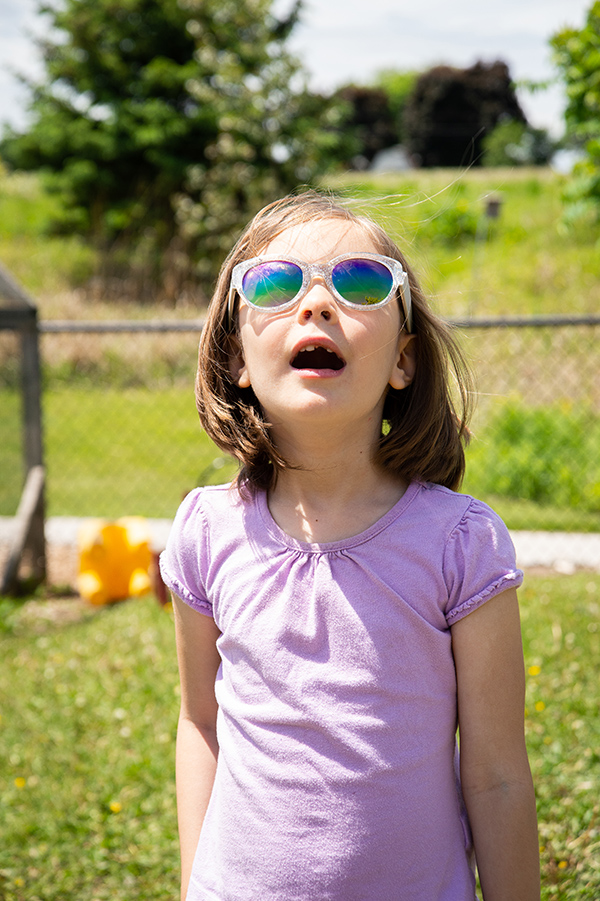
Problems and yearly concerns that affect child play areas
Each year, record-breaking heatwaves and extreme climate events across the world are impacting opportunities for children to play outside. Very little has been accomplished in relation to the influences of climate change to children’s playspaces. Urban heat islands and extreme weather changes effect playspace use, active play, and the duration of stay. In addition, playground injuries continue to be a concern. Approximately 200,000 children receive emergency room treatment for playground-related injuries each year. That is well over 500 children per day.

